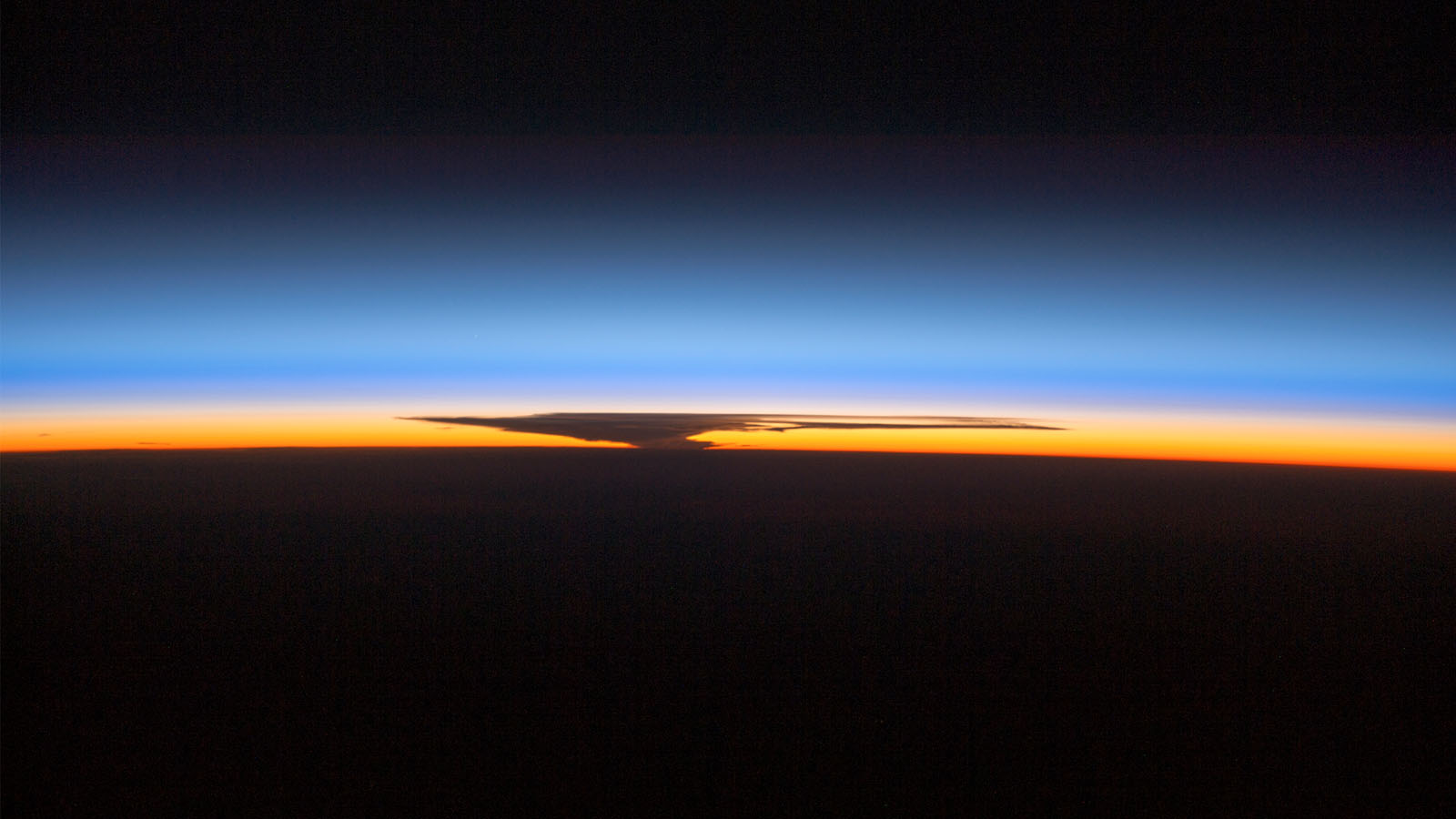

In a recent paper, exploring the evolution of the iodine cycle and the late stabilization of the Earth’s ozone layer, Liu and his collaborators uncovered a surprising explanation for why complex life on land took so long to evolve: a chemical “air war” in Earth’s early atmosphere. Their study suggests that high levels of iodine released from ancient oceans destroyed ozone in the atmosphere, allowing harmful ultraviolet radiation to persist for billions of years. This would have made Earth’s surface inhospitable to early land plants and animals, delaying their emergence.
To test this hypothesis, Liu et al ran detailed ocean-atmosphere models and photochemical simulations. Their modeling showed how iodine could have significantly depleted ozone, supporting the theory that atmospheric chemistry - not just biological or geological factors - played a key role in shaping the timeline of life’s evolution on land.
By combining geochemical data with advanced modeling, their study offers a new perspective on Earth’s environmental history and showcases the critical role of supercomputing in unraveling complex planetary processes.